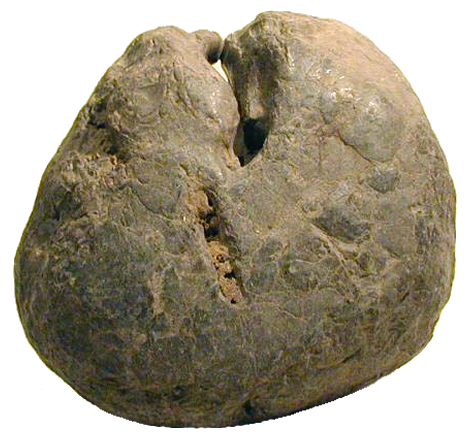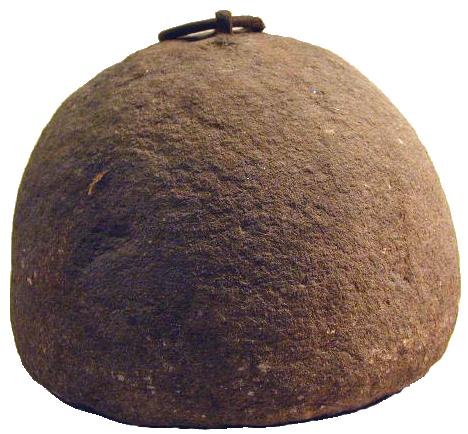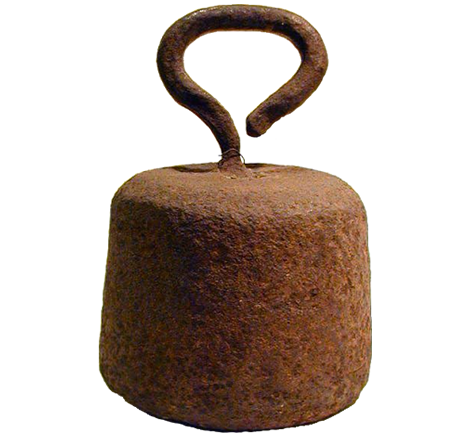
MIDDLE AGES: THE WEIGHT (MASS)
In medieval Portugal, several weight systems were used, based mainly on two measures: the “arrátel” from Arabic رِطْل or رَطْل or رُطْل • , (riṭl or raṭl or ruṭl) and the “libra” (pound).
According to the Law of Almotaçaria of 1253, the arrátel would comprise 12.5 ounces. One Portuguese arroba would comprise 32 arráteis and 12 arrobas would make one “carga” (load). This arroba was equivalent to the arroba of 25 libras of 16 ounces each, used in Castile, so the Portuguese arroba should be similar to the Castilian arroba.
In the 14th century, there was the “legal” arrátel of 14 onces (it continued to be used at Casa da Índia until the 19th century). The quintal (4 arrobas de 32 arráteis) was equivalent to 128 arráteis of 14 ounces.
Other systems were used:
- “Arrátel mourisco” (Moorish arrátel), refered to in documents by King Dinis, King Fernando and even King Manuel I, used, for example, to weigh meat. There is contradictory information, but there are authors who claim that it would comprise 16 ounces;
- “Arrátel folforinho” – mentioned in documentation from the time of King Pedro I (Cortes of Elvas in 1361), and from King Fernando, also used to weigh meat, would be ¾ of the Moorish arrátel;
- “Arrátel de carniçaria” (butchery arrátel) – would be greater than 48 ounces;
- Stone (made of stone) – theoretically equivalent to 8 arráteis, used to weigh wool and linen. The weight varied (depending on the degradation of the material).
By the end of the 14th century references are found, in Portugal, to the use of two measures with the same name, but of different origin: the “marco de Tria” (Troyes mark, from the Champagne fairs) and the “marco de Colonha” (Cologne mark), which were also used in much of Europe, notably the rest of the peninsula, France and England.
Although the available elements are not all in agreement, apparently the Cologne mark would be equivalent to 15/16 of the Troyes mark.


